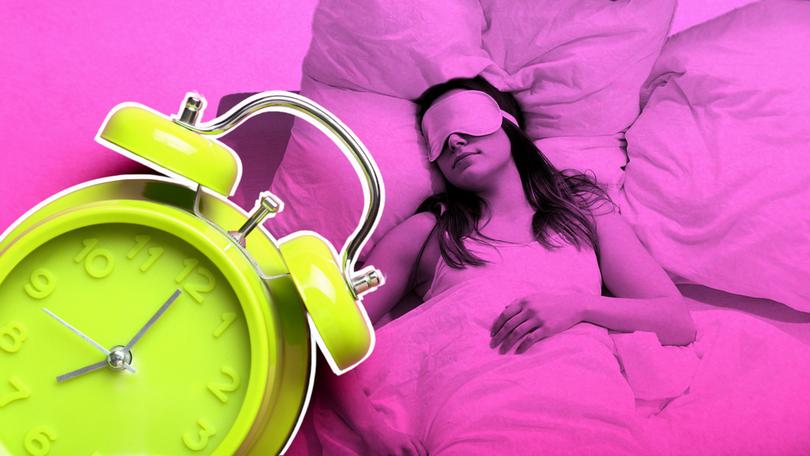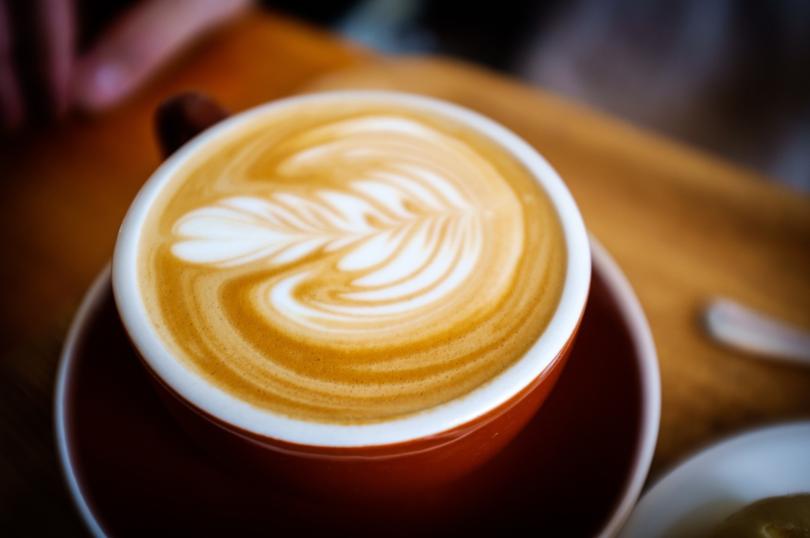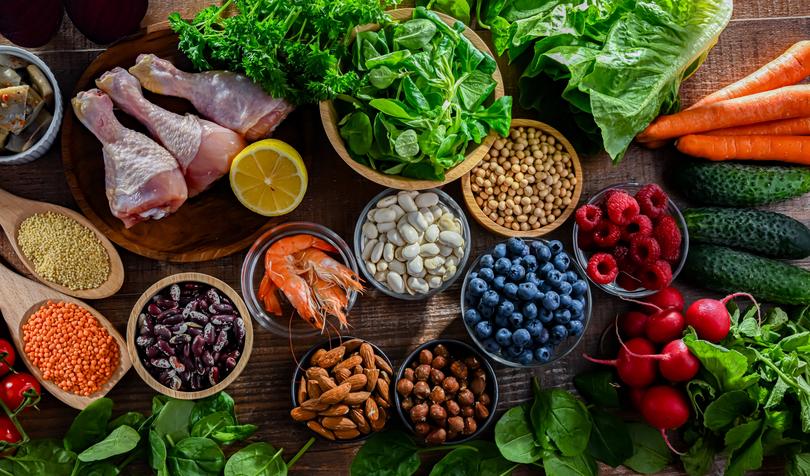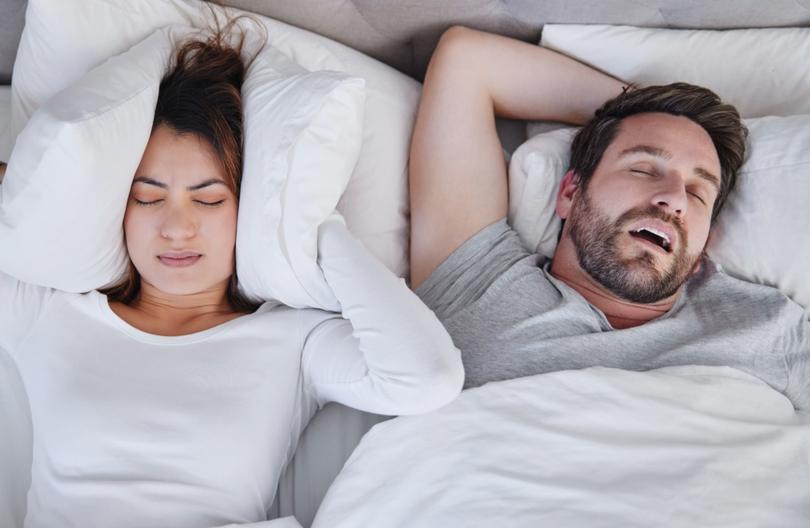THE WASHINGTON POST: Want to improve your sleep in 2025? These new science-based tips may help

Last January, I offered some tips to help reboot your sleep health. That list still contains my top tips. But this year, I want to add to it based on some new findings that may inform your sleep decisions and conversations with your doctor.
The information offered here is not a substitute for individualised health care.
Finding a balance with caffeine
Sign up to The Nightly's newsletters.
Get the first look at the digital newspaper, curated daily stories and breaking headlines delivered to your inbox.
By continuing you agree to our Terms and Privacy Policy.People want their caffeine and their sleep. Finding the balance can be complicated because of individual differences in sensitivity to its stimulant effects, rates of metabolism, consumption patterns, brew strength and other variables.
In addition, caffeine can have helpful as well as deleterious effects, even on sleep. For example, some of my patients use it judiciously to help them stay awake until a reasonably late hour, which can support both their desired circadian rhythm and sleep consolidation.

This recent study found that up to 100 mg of caffeine (approximately the amount in a typical cup of coffee) could be consumed up to four hours before sleep with no negative impact. However, 400mg (as a single dose) up to 12 hours before sleep interfered with falling asleep and caused fragmentation in sleep (and more so the closer to sleep time it was consumed).
A limitation of the study is that it was conducted in young men; older people are more sensitive to caffeine, and women using oral contraception clear it more slowly. The participants were moderately habitual users.
Effects on sleep aside, there is evidence to suggest that limiting caffeine consumption to the morning hours may benefit health and lifespan.
A diet for sleep

Insomnia patients often ask what they should eat to sleep better. This is a challenging question because the scientific consensus is still developing as to what may help and why.
No one food or dietary pattern is likely to be a silver bullet, sufficient to resolve (or cause) insomnia.
Another challenge is that most of the data are correlational, meaning insomnia could be the cause of certain dietary choices rather than a consequence of those choices (or both could be caused by some third factor).
Still, a body of evidence is accumulating that healthful diets such as the Mediterranean diet are associated with a lower risk of insomnia, and unhealthful and high-glycemic diets with a higher risk. This careful 2024 paper concluded as much after screening more than 16,000 references to find 37 observational studies that met criteria for inclusion in the analysis.
A large-scale epidemiological study published in 2024 showed a correlation between consumption of ultra-processed foods — a broad and controversial category, not all of which may be harmful - and chronic insomnia.
Although the direction of causality cannot be established, this study did find the association regardless of overall dietary quality, mental health, lifestyle and other variables.
Nuances of napping
There is plenty of debate in the sleep field about the benefits vs. costs of napping and how best to structure naps.
This editorial in the journal Sleep by Sara Mednick urges us to take a nuanced view of napping, considering individual and cultural contexts and causes. She delineates the different reasons people nap (for example, as a restorative measure in the context of poor sleep).
She notes that only napping for emotional reasons (such as to cope with stress or depression) is associated with poor health outcomes.
This recent study showed that unrestricted napping — even beyond the usual recommendation of 30 minutes — did not interfere with the benefits of cognitive-behavioural therapy for insomnia, which tends to discourage all but brief naps.
The function of sleep
New research has elaborated on sleep’s role in clearing metabolic waste from the brain, suggesting that it does so by synchronising brain waves.
There are potential therapeutic implications. In mice, manipulation of brain waves helped to clear amyloid, which is associated with Alzheimer’s disease.
Another study, this one in macaques, showed that synchronising brain waves to reproduce patterns achieved in non-REM (NREM) sleep led to the same subsequent synchronisation and improvements in cognitive performance that were seen after actual NREM sleep.
The finding could have implications for improving human cognitive performance and conferring restoration through means other than sleep.
Expanding treatments for sleep apnoea

There have been a few interesting developments in the past year for patients with sleep apnoea. These are poised to expand treatment options, improve continuous positive airway pressure (CPAP) usability and lower barriers to diagnosis.
Medication. The injectable weight-loss drug tirzepatide (Zepbound, with the same active ingredient as the diabetes medication Mounjaro) was approved by the Food and Drug Administration in 2024 for the treatment of moderate to severe apnoea in patients with obesity.
While the medication provides an alternative to positive airway pressure (PAP) therapy (and other standard apnoea interventions such as dental appliances and surgically implanted hypoglossal nerve stimulators), rates of remission or near-remission were higher in those who used PAP therapy along with the medication (50 per cent vs. 42 per cent in non-PAP users). Weight loss was also greater in those who used both.
Masks. CPAP masks are getting smaller and lighter. To improve comfort and compliance, one recent study looked at customised 3D-printed masks and found better adherence to the treatment.
More research is required on this approach, but custom masks could solve fit problems for many patients before long.
Another promising technology under development, VortexPAP, eliminates the tight seal that most PAP masks require, and indeed barely touches the user’s face.
Furniture. There are now a variety of nightstands that fit CPAP machines so you don’t have to be a carpentry hobbyist to create a cutout for the tubing. An expensive model generated buzz in 2024, but there are cheaper options such as this one.
Wearable technology. There is a need for convenient methods for detecting apnoea. Still, consumer-grade wearable monitors such as smartwatches should not be considered adequate substitutes for laboratory polysomnography (PSG) or for physician-prescribed home testing for sleep apnoea.
But a variety of wearables are now equipped with FDA-approved software for the detection of apnoea, and the data can kick-start a conversation with a doctor. The software uses variables such as heart rate, movement and wrist temperature. Some devices can detect blood oxygen levels (SpO2), albeit with caveats. They have not generally been validated against gold-standard arterial blood gas measurements or against standard measures of hypoxia.
Machine learning paired with some consumer-grade and newer professional-grade devices can extract patterns from the data, and holds promise for assisting with both diagnosis and individualised treatment.
Lisa Strauss, PhD, is a clinical psychologist in the Boston area. She specialises in sleep disorders.
Special to The Washington Post
